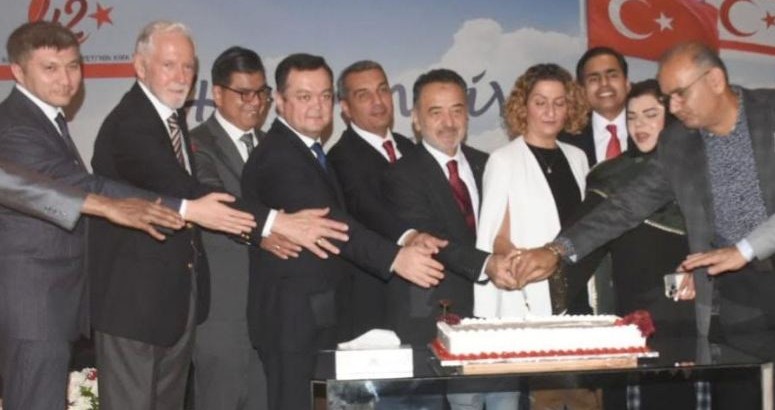Moscow, October 25, 2024 – The Europe Today: The latest International Monetary Fund (IMF) projections indicate that BRICS countries—Brazil, Russia, India, China, and South Africa—are set to be the main engines of global economic growth, overtaking the US-led G7 economies in influence, according to Maksim Oreshkin, deputy head of the Russian President’s administration.
The IMF’s World Economic Outlook, published this week, highlighted that the world economy will increasingly rely on the BRICS nations compared to the G7, whose share of global GDP has seen a significant decline. Based on purchasing power parity (PPP), which adjusts for variations in the cost of goods and services across countries, the G7’s global GDP share has dropped from 50.42% in 1982 to 29% in 2024. By contrast, the BRICS countries’ PPP contribution is projected to reach 36.7% by the end of this year.
“This is an objective reality,” Oreshkin stated, addressing the media at the BRICS Summit in Kazan on Thursday. He emphasized the pivotal role of emerging markets and the growing multipolar world order. “There are two primary groups within BRICS: mature economies like Russia, China, and Saudi Arabia, and potential leaders from South Asia and Africa, such as India,” he noted.
Oreshkin pointed out that BRICS’ emerging economies are focused on sustainable and efficient growth, leveraging tools within BRICS like technology, education, logistics, trade, and finance. He added that a new BRICS investment platform proposed by Russian President Vladimir Putin would unlock the potential of these economies by providing financial resources and supporting national economies, particularly in the Global South and East.
The proposal to establish this investment platform aims to bolster the financial capacities of developing BRICS members, enabling them to actively participate in the global economy and enhance the effectiveness of BRICS’ initiatives for a multipolar world.














